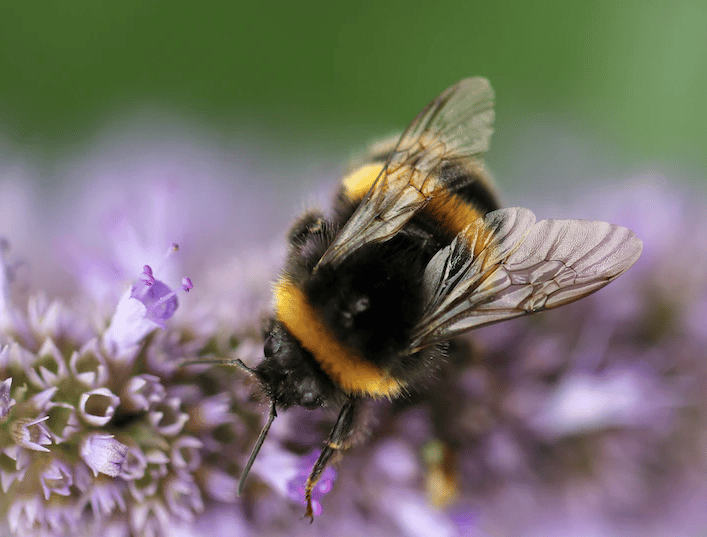Amongst the most important pollinators there are not only bees, but we can also find Bumblebees. They are excellent at spreading pollen and fertilizing many types of wild flora and relevant agricultural cultivations, like tomatoes, blueberries, and pumpkins.
But just like bees, their numbers are also decreasing! New research has found that these insects are much less common than they used to be. In fact, in North America the probability of seeing a bumblebee has declined by 50 percent since the last 50 years. In addition, many species have become rarer, disappearing completely from places where their presence was normal, and this day can only be found in a few places.
What are the causes that are leading to the decline of bumblebees?
“Climate chaos” is thought be a primary driver of their decline. Rising temperatures in certain regions, brings these insects to die or migrate to other places. It is well known that bumblebees are more suited to cold weather than other pollinating insects, this is due to thicker hairs on their bodies and their ability to generate heat when they fly. As evidence of this, several analyses have found that in areas that have become hotter in recent years, bumblebees are less abundant; for example, in Europe they have decreased by 17 percent since the beginning of the last century.
But climate change and rising temperatures are not the only factors behind the decline of these insects. Their survival is also threatened by high and ever-increasing use of agricultural pesticides; pesticides, which are extremely toxic to bumblebees and other pollinators! As well as the ongoing conversion of wild green areas to agricultural fields and the emergence of new pathogens or natural enemies due to the importation of non-native insects or plants into many areas.
What can be done to help bumblebees’ loss?
Creating parks or green areas with trees and shrubs in urban areas, which are naturally cooler, could provide them with places to shelter from the heat, since, as we have already mentioned, bumblebees prefer cool environments.
There are many other pollinator-friendly practices, that can be done by everybody. For example, avoiding the use of pesticides that are toxic for them and, instead, choosing safe ones, or even better using organic gardening practices. As well as creating diverse flower beds, with different flowers and plants that blossoms at different stages, thus ensuring a larger window of time in which the bumblebees can find food. Meanwhile to help them in their hibernation period, it is a good idea, to wait until spring before removing the carpet of leaves, which is a cover for them from the freezing temperatures.
